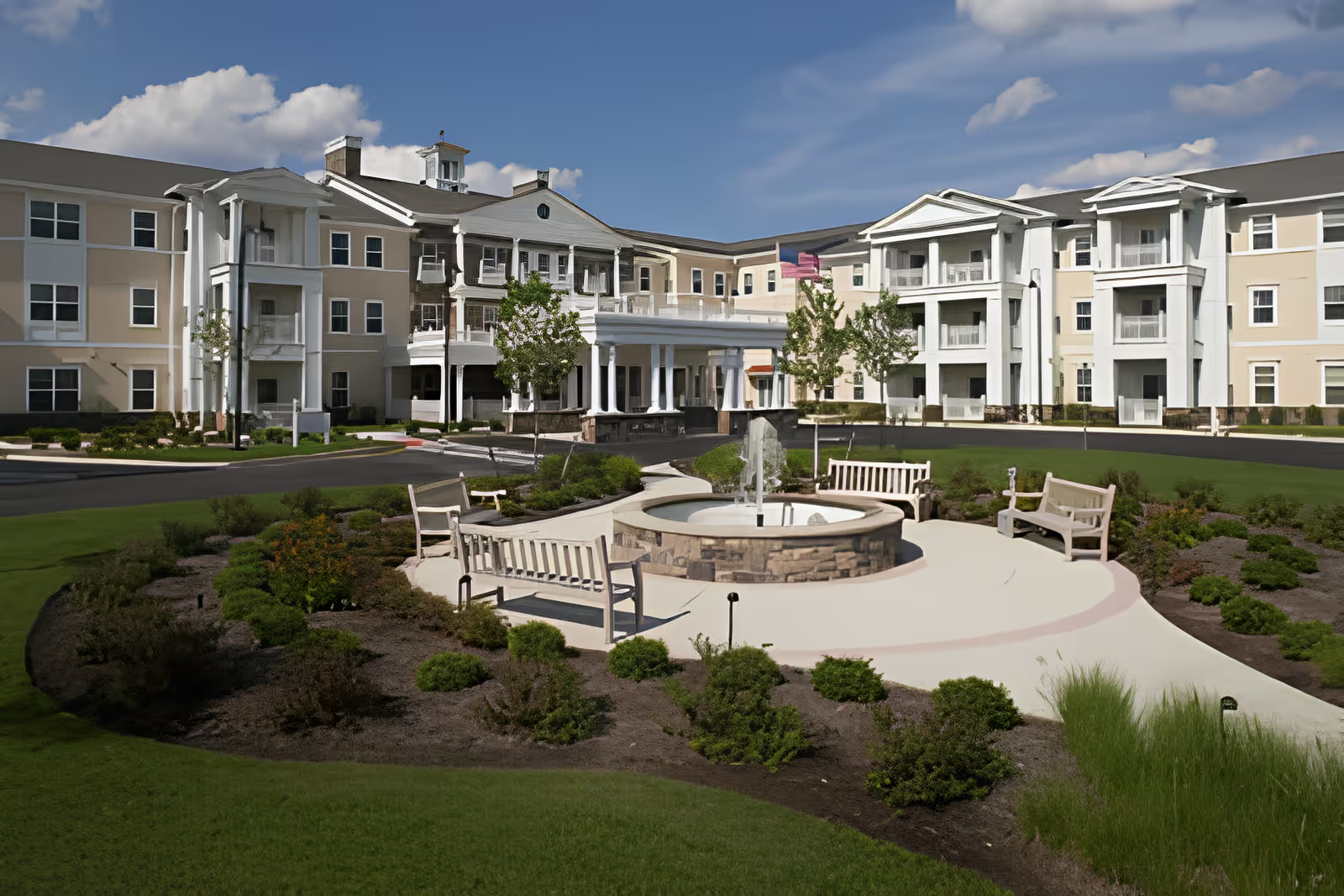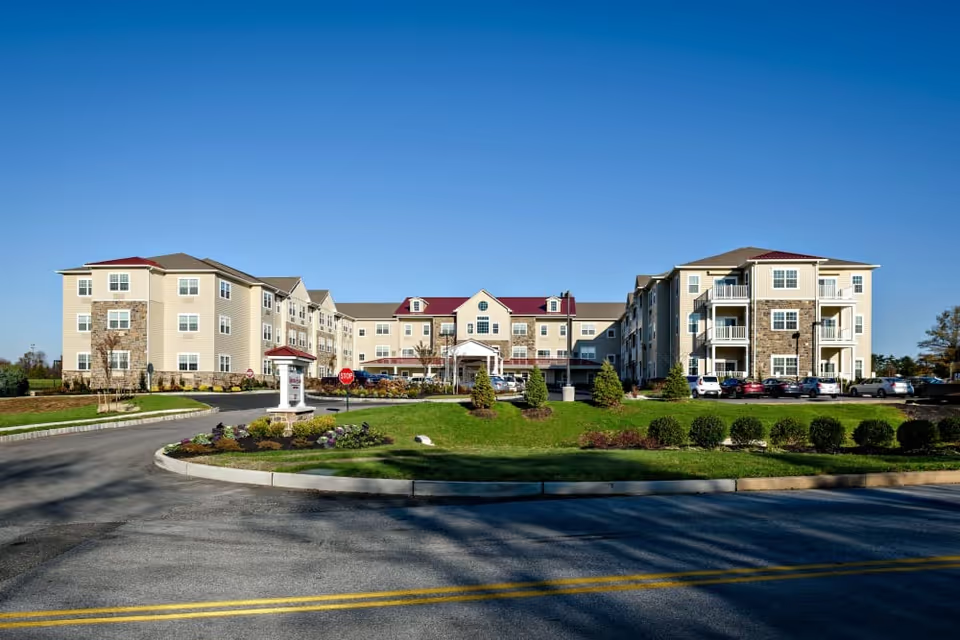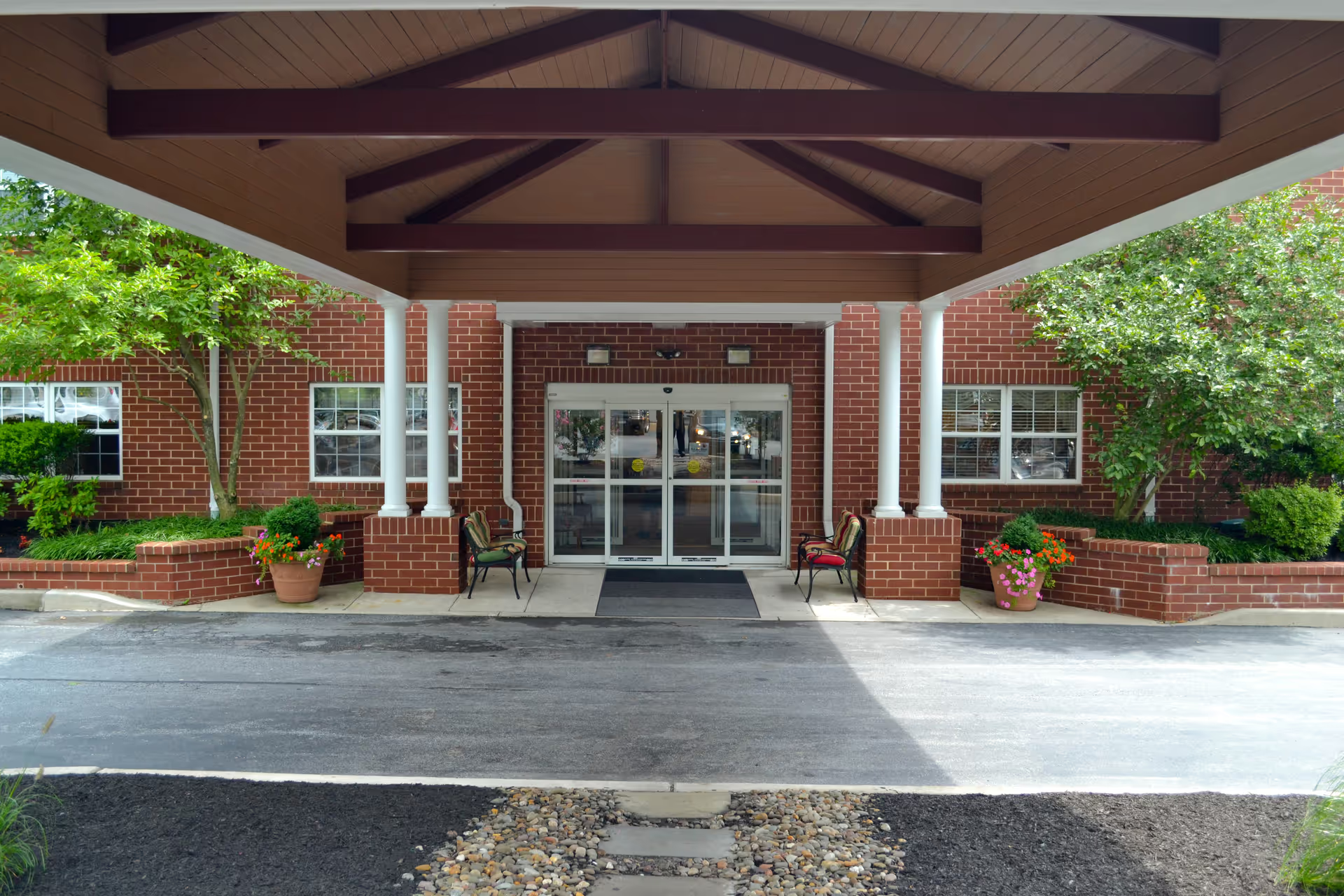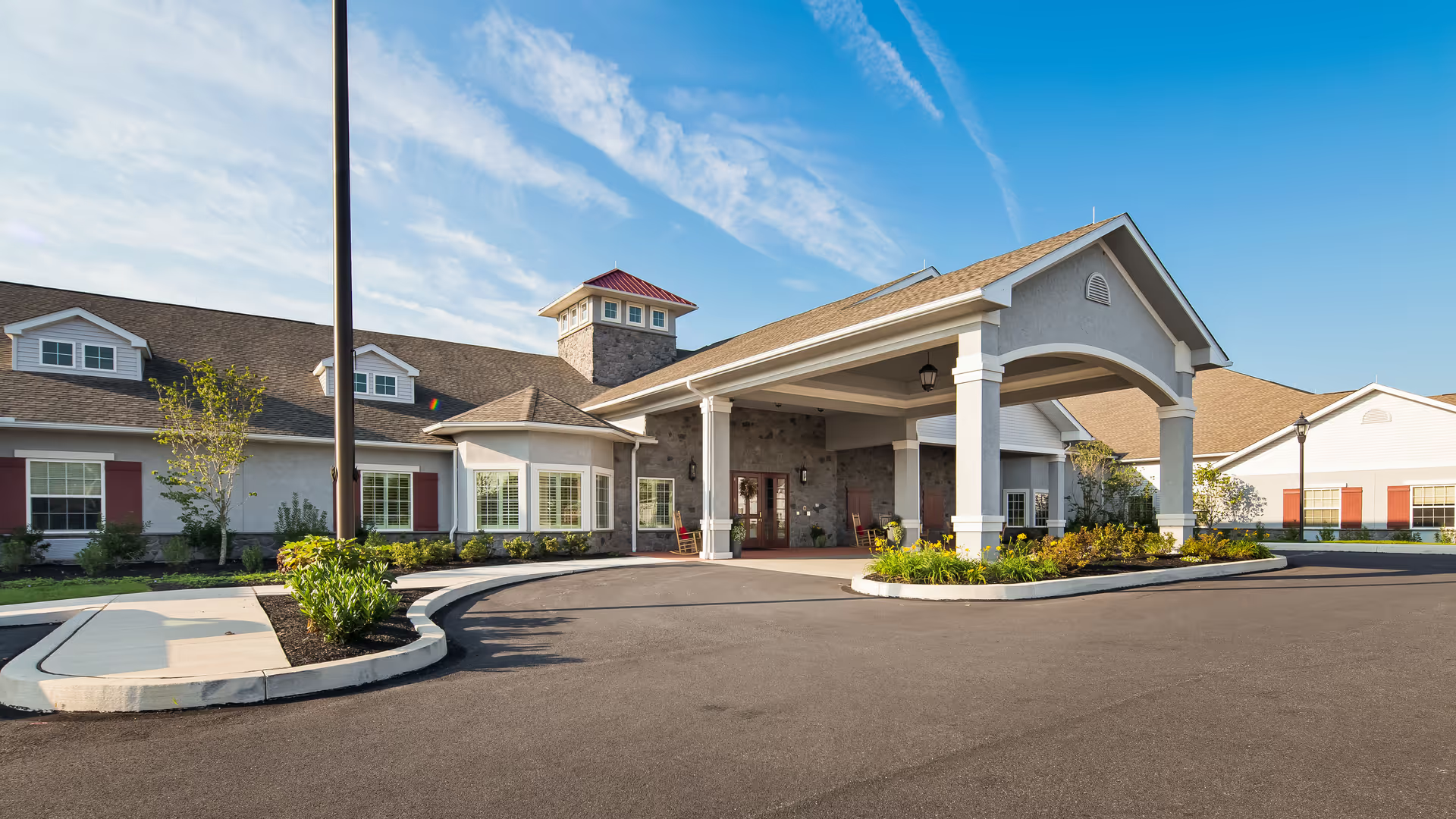Overall sentiment across the reviews is highly mixed and polarized: many families and residents praise individual staff members, therapists, and some administrative leaders for compassionate, professional, and effective care, while a substantial number of reviews allege serious problems with cleanliness, safety, communication, and consistency of care. The facility appears to produce very different experiences depending on the unit, shift, or specific staff on duty. This variability is the single strongest pattern—reviews repeatedly contrast “exceptional” staff and a “gem facility” with reports of rude, negligent, or unprofessional behavior.
Care quality and clinical concerns are prominent themes. Several reviews describe excellent nursing and rehabilitation that restored health and met or exceeded expectations; therapists and attentive nurses are credited with helping residents recover. Conversely, there are multiple and specific complaints about medication mismanagement (doctor’s orders not followed, high A1c not addressed, sugar in meals/juice despite diabetic status), poor wound care (repeated dressing problems and inadequate management), unsafe feeding practices, dehydration, and at least one report of ICU hospitalization following alleged neglect. These reports suggest inconsistent clinical oversight and lapses in following physicians’ orders for some residents.
Staff behavior and staffing levels are another major axis of feedback. Numerous reviews praise individual CNAs, nurses, and administrators for kindness, patience, professionalism, and going “above and beyond.” At the same time, many families describe rude, indifferent, or disrespectful staff and social workers, unprofessional conduct at admissions/front desk, and staff who seem to be there only “for a paycheck.” Staffing shortages and understaffed shifts are raised repeatedly as contributing to poor responsiveness, ignored call bells, delayed meals, rushed or rough care, and overall lapses in basic assistance. There are also troubling allegations of theft (clothes, shoes, paychecks, cell phones) and of staff borrowing medications or paychecks—issues that raise concerns about staff vetting, supervision, and security controls.
Facility cleanliness and safety issues appear in many reviews as well. Some visitors report a clean, bright, modern facility with attractive decor and welcoming public spaces; others describe persistent odors (urine smell in rooms and halls), pests (roaches, gnats, mouse traps, roaches in air conditioning), cigarette butt litter, filthy resident areas, feces on patients, and general sanitation problems. These sanitation and pest reports, combined with accounts of missing belongings and alleged abuse or rough handling, have led multiple reviewers to call for investigations or closure. Safety concerns also include fights, residents seen without appropriate clothing or privacy, and incidents of property theft, contributing to a sense among some families of an unsafe environment.
Communication and management responsiveness show stark contrasts. Positive reviews highlight attentive administrators and good communication that reassure families, with occasional mention of helpful financial staff and smooth admissions. Negative reports focus on poor phone responsiveness (long hold times, dropped calls), lack of callbacks from management, vague or infrequent care conference updates, and administrators or social workers who are dismissive or confrontational. Several reviewers specifically note blame-shifting by staff or being told to move a resident rather than seeing problems addressed—indicating a cultural or leadership issue in how complaints are handled.
Dining, activities, and quality-of-life factors are mixed but notable. Some families commend engaging activities, holiday decorations, and a strong sense of community; others criticize food quality (cold meals, poor choices for diabetics), meals served at inconsistent times, and residents being left hungry. Therapy and rehab programs receive praise when successful, with specific accounts of residents regaining independence; however, perceptions of value for the cost vary, with some families questioning whether the service level justifies the price charged.
Patterns and recommendations: the reviews suggest that experiences hinge on staff assignments and management responsiveness. Where leadership is hands-on and staff are attentive, outcomes and family satisfaction are high. Where staffing is thin and management is unresponsive, the facility shows significant lapses in safety, hygiene, communication, and clinical care. The most urgent and recurring issues from negative reviews are sanitation/pest control, suspected thefts, medication and wound-care lapses, inadequate staffing, and poor complaint handling. Prospective residents and families should consider frequent, direct observations of the specific unit and shift where care will be delivered, ask detailed questions about infection control, pest management, wound care protocols, medication administration auditing, staffing ratios, and policies for handling missing property and abuse allegations. Families currently using the facility who observe problems should request immediate written care plans and escalation to a regional regulator or ombudsman if they do not receive timely corrective action.
In summary, Renaissance Healthcare and Rehabilitation Center elicits highly divergent experiences from reviewers. The facility has demonstrable strengths—compassionate staff members, successful rehab outcomes, attractive common areas, and positive, reassuring interactions reported by many. However, the breadth and seriousness of the criticisms (cleanliness, pests, theft, medication and wound-care failures, abuse allegations, and inconsistent communication) are substantial and recurring. These mixed signals recommend caution: verify the current state of the specific unit, confirm staffing and clinical oversight practices, and maintain active family involvement and oversight if choosing this facility.







